Home>Articles>How Many Yards Of Fabric Are Needed For A Pillowcase?
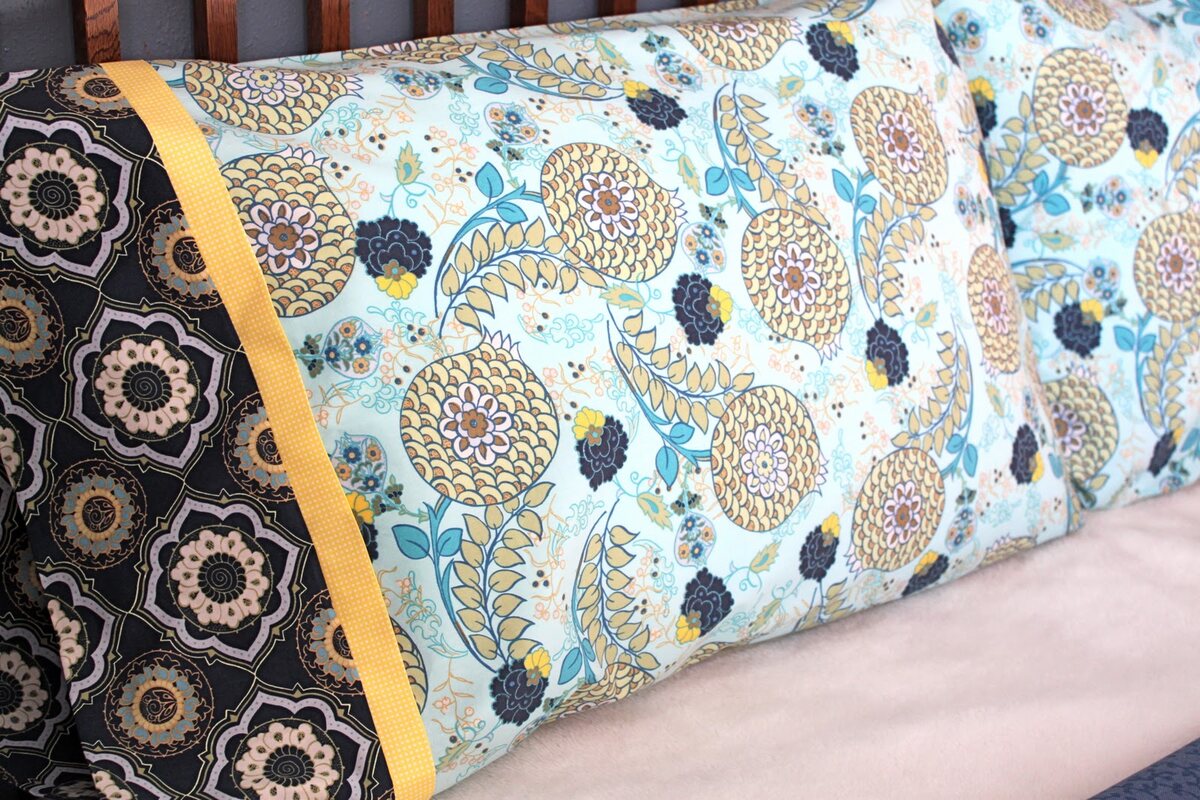

Articles
How Many Yards Of Fabric Are Needed For A Pillowcase?
Modified: August 20, 2024
Discover how to calculate the fabric needed for making a pillowcase with our helpful articles. Find out the required yardage and get started on your DIY project today!
(Many of the links in this article redirect to a specific reviewed product. Your purchase of these products through affiliate links helps to generate commission for Storables.com, at no extra cost. Learn more)
Introduction
When it comes to making a pillowcase, one of the most common questions that arise is, “How many yards of fabric are needed?” Whether you are a seasoned seamstress or a beginner looking to try your hand at sewing, understanding the amount of fabric required is crucial to ensuring a successful project.
Not having enough fabric can result in a poorly fitting pillowcase, while having too much can leave you with excess material that goes to waste. To avoid these pitfalls, it is important to have a clear understanding of how to choose the right fabric and accurately measure for your pillowcase.
In this article, we will guide you through the process of determining how many yards of fabric you need for a pillowcase. We will cover everything from selecting the right fabric to measuring your pillowcase and calculating the amount of fabric needed. So, let’s dive in!
Key Takeaways:
- Choosing the right fabric is crucial for a well-fitting pillowcase. Consider the purpose, thread count, and season to achieve both functionality and style.
- Accurate measurements and fabric calculations are essential for a successful pillowcase project. Take the time to measure your pillow and calculate fabric needs for a perfect fit.
Choosing the Fabric
When it comes to selecting the fabric for your pillowcase, there are a few factors to consider. The type of fabric you choose will not only affect the overall look and feel of the pillowcase but also its durability and ease of care.
Firstly, consider the purpose of the pillowcase. If you are making a decorative pillowcase that won’t undergo heavy use, you have more flexibility in terms of fabric choices. You can opt for delicate fabrics such as silk, satin, or lace, which add an elegant touch to your decor. These fabrics require special care, so keep that in mind.
On the other hand, if you are making a standard pillowcase for everyday use, consider more durable and easy-to-care-for options. Cotton is a popular choice because it is soft, breathable, and relatively low maintenance. It’s also available in a wide variety of colors and patterns, allowing you to match your pillowcases to your existing decor.
Another factor to consider is the thread count of the fabric. Thread count refers to the number of threads per square inch of fabric. Generally, a higher thread count indicates a softer and more luxurious fabric. However, it’s important to note that a higher thread count also means a higher price tag. A thread count between 200 and 400 is typically suitable for pillowcases.
You may also want to consider the season when choosing your fabric. For cooler months, flannel or fleece fabrics are cozy and warm, while lightweight cotton or linen fabrics are perfect for summer. Keep the climate and your personal preferences in mind when making your fabric selection.
Lastly, don’t forget to add a touch of your own personal style to the pillowcase. Consider the color and pattern that will complement your bedroom or living room decor. This is your opportunity to get creative!
Measuring the Pillowcase
Accurate measurements are essential when it comes to making a well-fitting pillowcase. Here’s a step-by-step guide on how to measure your pillow to ensure the perfect fit:
- Measure the pillow width: Start by measuring the width of your pillow from left to right. Align your measuring tape along the edge of the pillow, ensuring it extends from seam to seam. Take note of the measurement in inches.
- Measure the pillow length: Next, measure the length of your pillow from top to bottom. Again, align your measuring tape along the edge of the pillow, from seam to seam. Record the measurement in inches.
- Measure the pillow thickness: Measure the thickness or depth of your pillow by placing it on a flat surface and using a ruler or measuring tape to determine the distance from the top to the bottom. Take note of the measurement in inches.
It’s worth noting that standard pillow sizes may vary between countries, so it’s important to measure your specific pillow to ensure accuracy.
Once you have these measurements, you can move on to calculating how much fabric you will need for your pillowcase.
To calculate the fabric needed for a pillowcase, measure the length and width of the pillow, then add 1 inch to each measurement for seam allowance. Multiply the total by 2 for the front and back panels, then add 6 inches for the cuff.
Calculating the Fabric Needed
Now that you have measured your pillow, you can use those measurements to determine how much fabric you will need for your pillowcase. The amount of fabric required will depend on the size of your pillow, as well as any additional features you plan to include, such as a flange or decorative trim.
To calculate the fabric needed, follow these simple steps:
- Calculate the fabric width: Start by determining the fabric width. This is typically the width of the fabric when it is purchased off the bolt. Standard fabric widths are typically 44 inches or 54 inches, but can vary. Check the width of your desired fabric and note it down.
-
Calculate the fabric length: To determine the fabric length, you will need to consider the dimensions of your pillow as well as any additional features. Here’s a breakdown:
- For a basic pillowcase without any additional features: You will need to double the pillow width and add the pillow length plus 6 inches for seam allowances. For example, if your pillow measures 20 inches wide and 30 inches long, the fabric length needed would be (20 x 2) + 30 + 6 = 76 inches.
- For a pillowcase with a flange or decorative trim: In addition to the calculations above, you will also need to account for the fabric needed for the flange or trim. Measure the desired width of the flange or trim, and add that to the fabric length. Be sure to double the flange or trim width if it will be folded over. For example, if you want to add a 2-inch flange to each side of the pillow, the fabric length needed would be 76 inches + (2 x 2) = 80 inches.
It’s important to note that these calculations are based on a standard pillowcase with a basic rectangular design. If you are creating a pillowcase with a different shape or style, you may need to adjust the measurements accordingly.
Once you have calculated the fabric width and fabric length, you can determine the total yardage needed. Take the fabric width and divide it by 36 to convert it to yards. Then, divide the fabric length by 36 to convert it to yards as well. Multiply the two yardage amounts together to obtain the final amount of fabric needed in yards.
For example, if the fabric width is 44 inches and the fabric length is 80 inches, the total yardage needed would be (44 / 36) x (80 / 36) = approximately 2.45 yards. It’s always a good idea to round up to the nearest whole yard to ensure you have enough fabric.
Keep in mind that adding extra fabric for pattern matching or directional prints may require additional yardage. If in doubt, it’s better to purchase slightly more fabric than you think you need to ensure you have enough to work with.
Conclusion
Determining how many yards of fabric are needed for a pillowcase is a crucial step in ensuring a successful sewing project. By carefully choosing the fabric, accurately measuring your pillow, and calculating the fabric needed, you can create a pillowcase that not only fits perfectly but also complements your style and decor.
When choosing the fabric, consider the purpose of the pillowcase, the thread count, and the season. Select a fabric that is both functional and aesthetically pleasing to achieve the desired look and feel.
Accurate measuring is key to achieving a well-fitting pillowcase. Measure the width, length, and thickness of your pillow to ensure the perfect fit. Take note of these measurements as they will be used to calculate the fabric needed.
Calculating the fabric needed involves considering the fabric width, dimensions of your pillow, and any additional features such as a flange or decorative trim. By following the provided steps, you can determine the total yardage required for your pillowcase.
Remember, it’s always a good idea to purchase slightly more fabric than you think you need, especially if you are new to sewing or working with directional prints. This ensures that you have enough fabric to work with and allows for any errors or adjustments that may arise during the sewing process.
To sum it up, taking the time to carefully choose the fabric, measure your pillow accurately, and calculate the fabric needed will lead to a beautifully crafted pillowcase that meets your expectations. Enjoy the process of creating something unique and personalized for your home!
Frequently Asked Questions about How Many Yards Of Fabric Are Needed For A Pillowcase?
Was this page helpful?
At Storables.com, we guarantee accurate and reliable information. Our content, validated by Expert Board Contributors, is crafted following stringent Editorial Policies. We're committed to providing you with well-researched, expert-backed insights for all your informational needs.
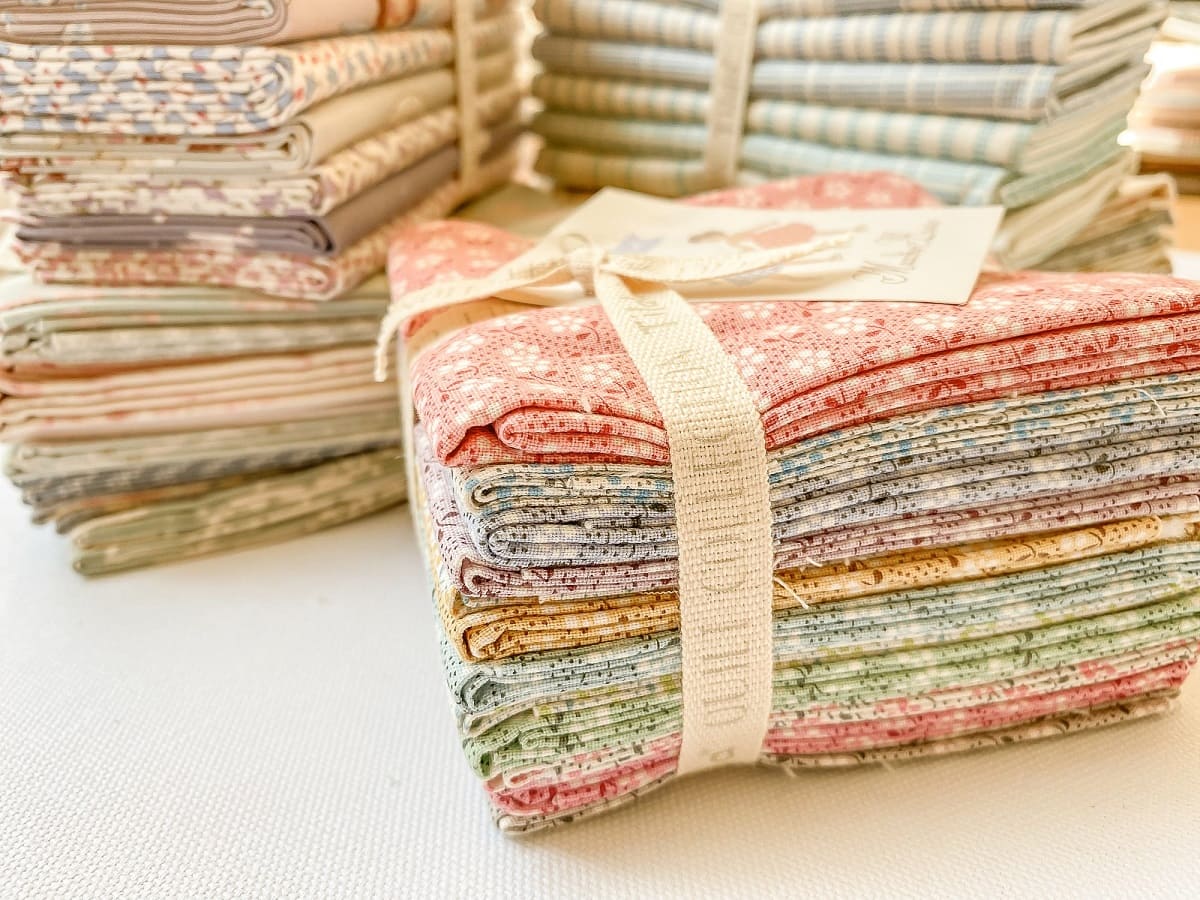
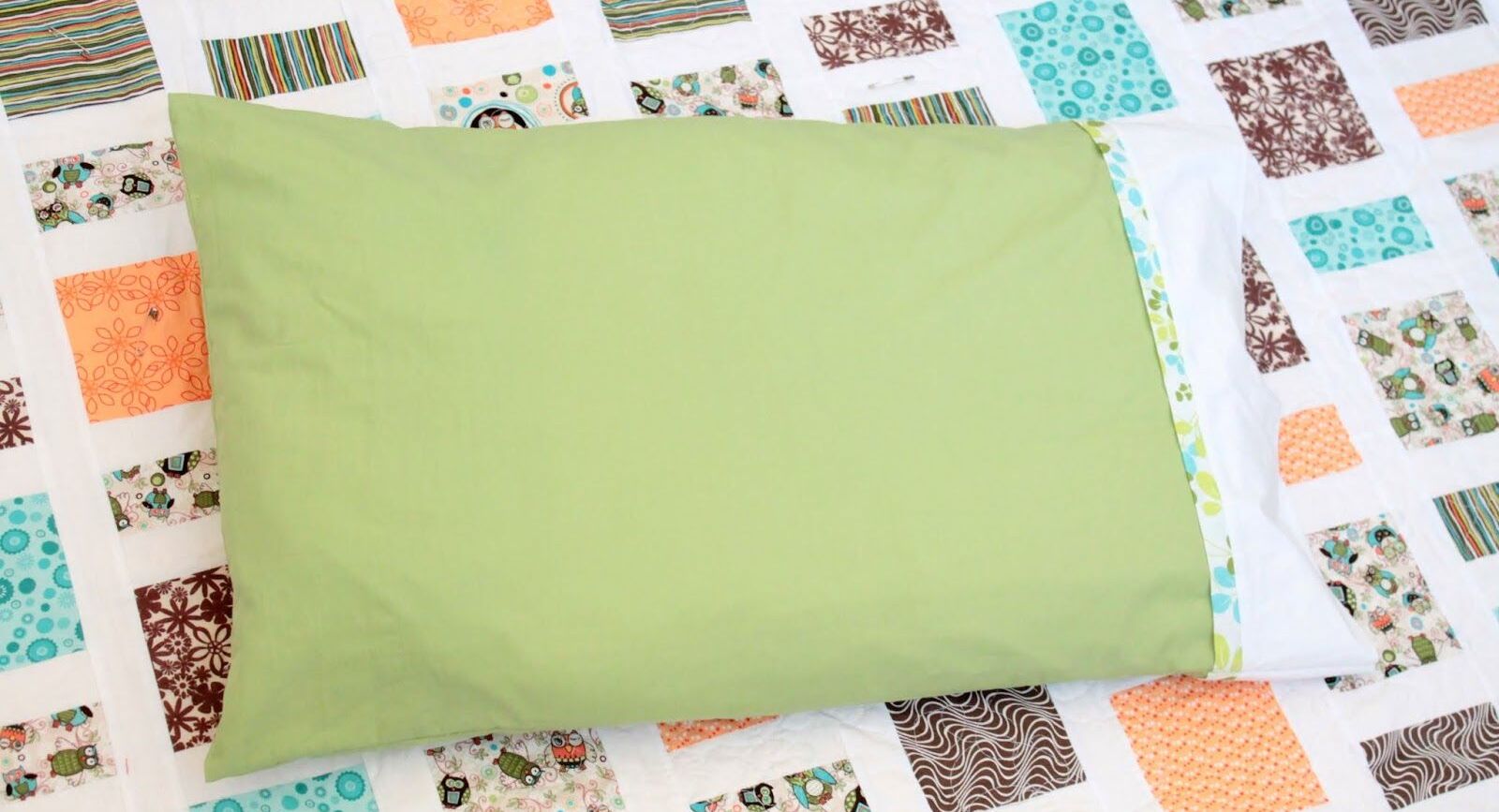
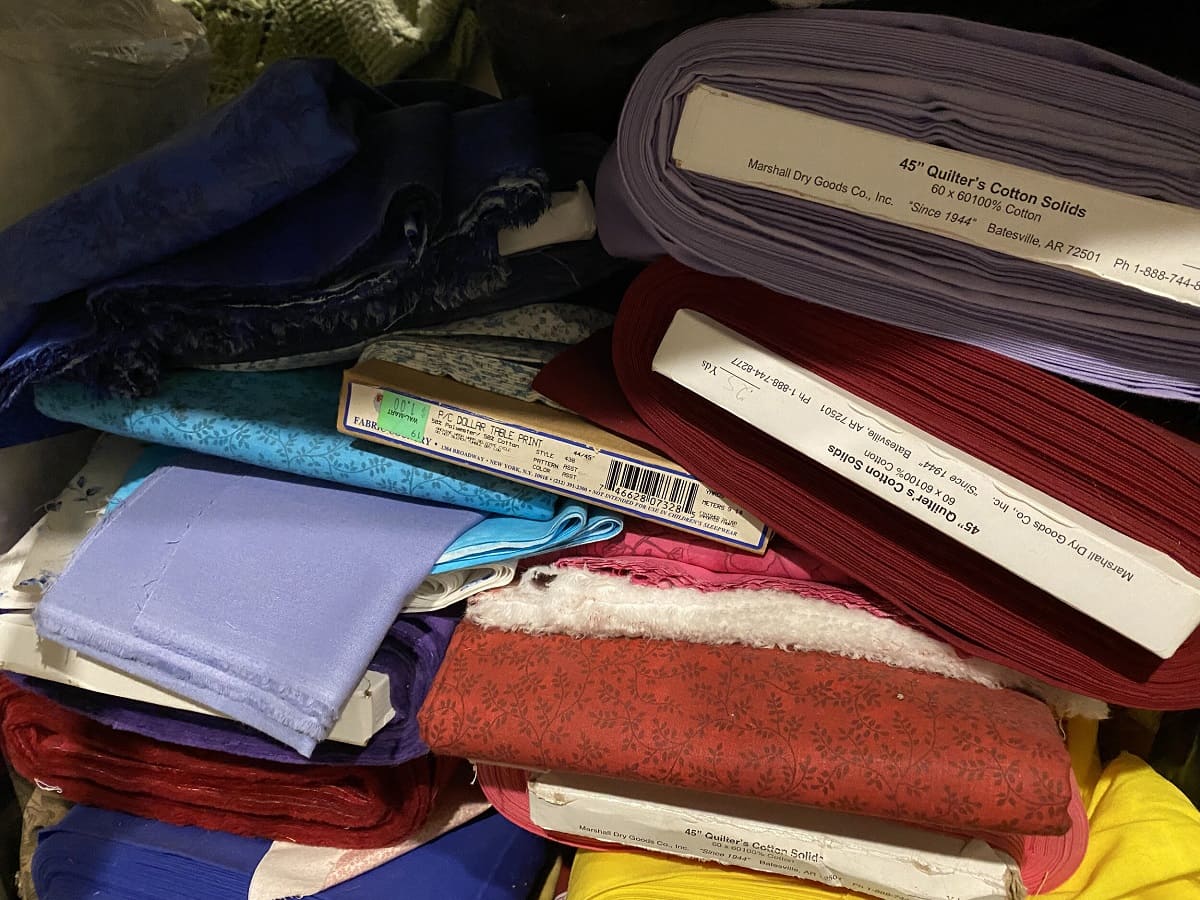
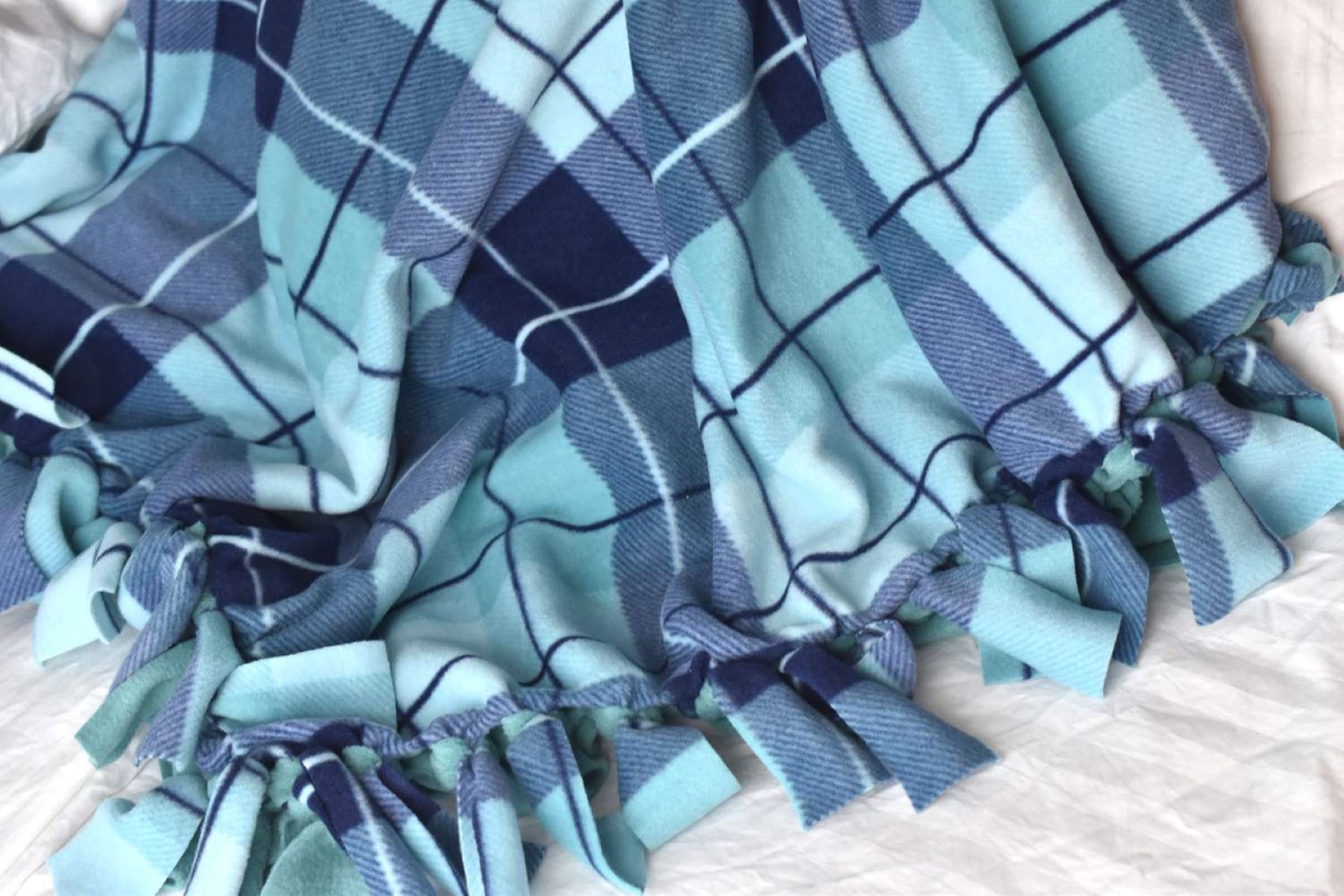
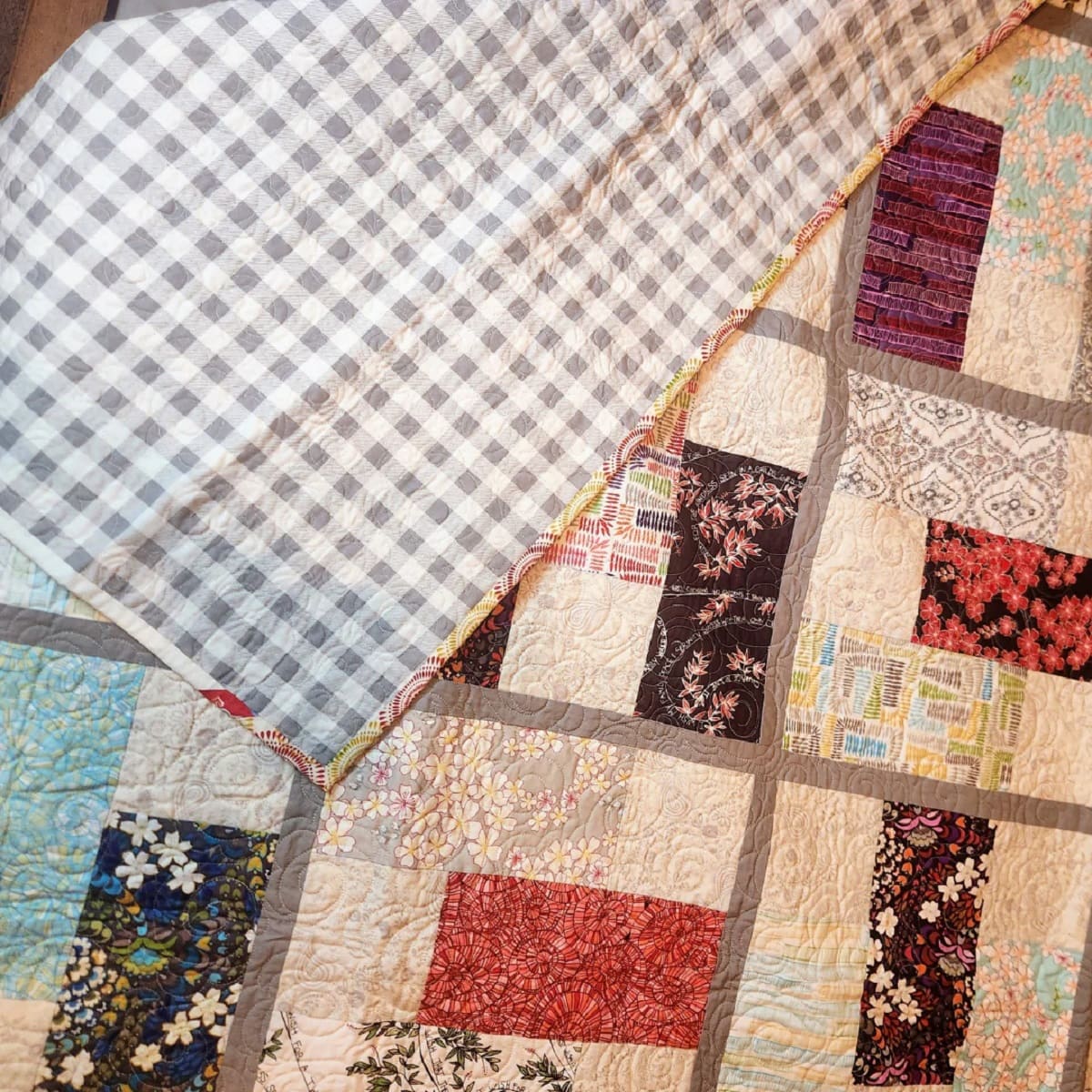
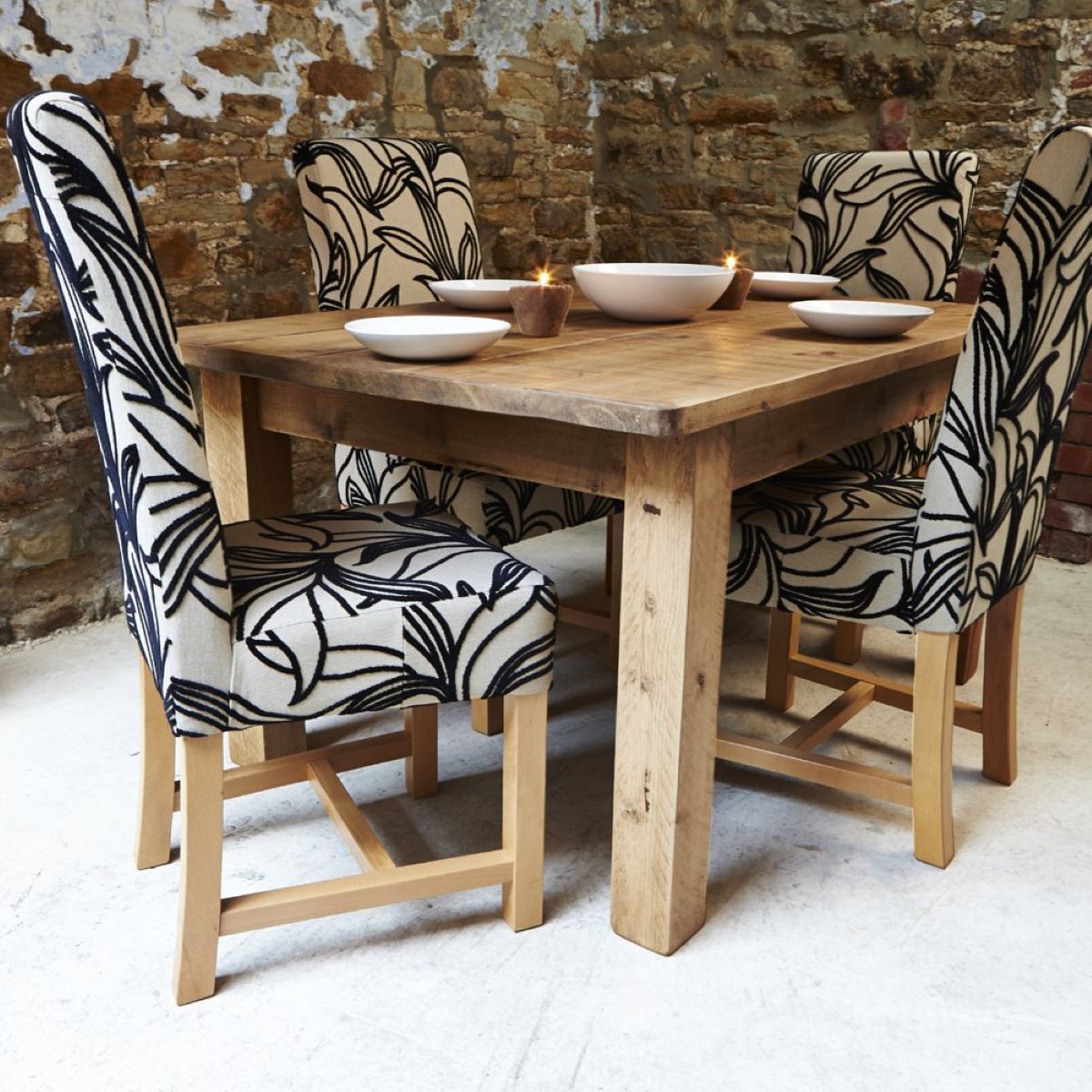
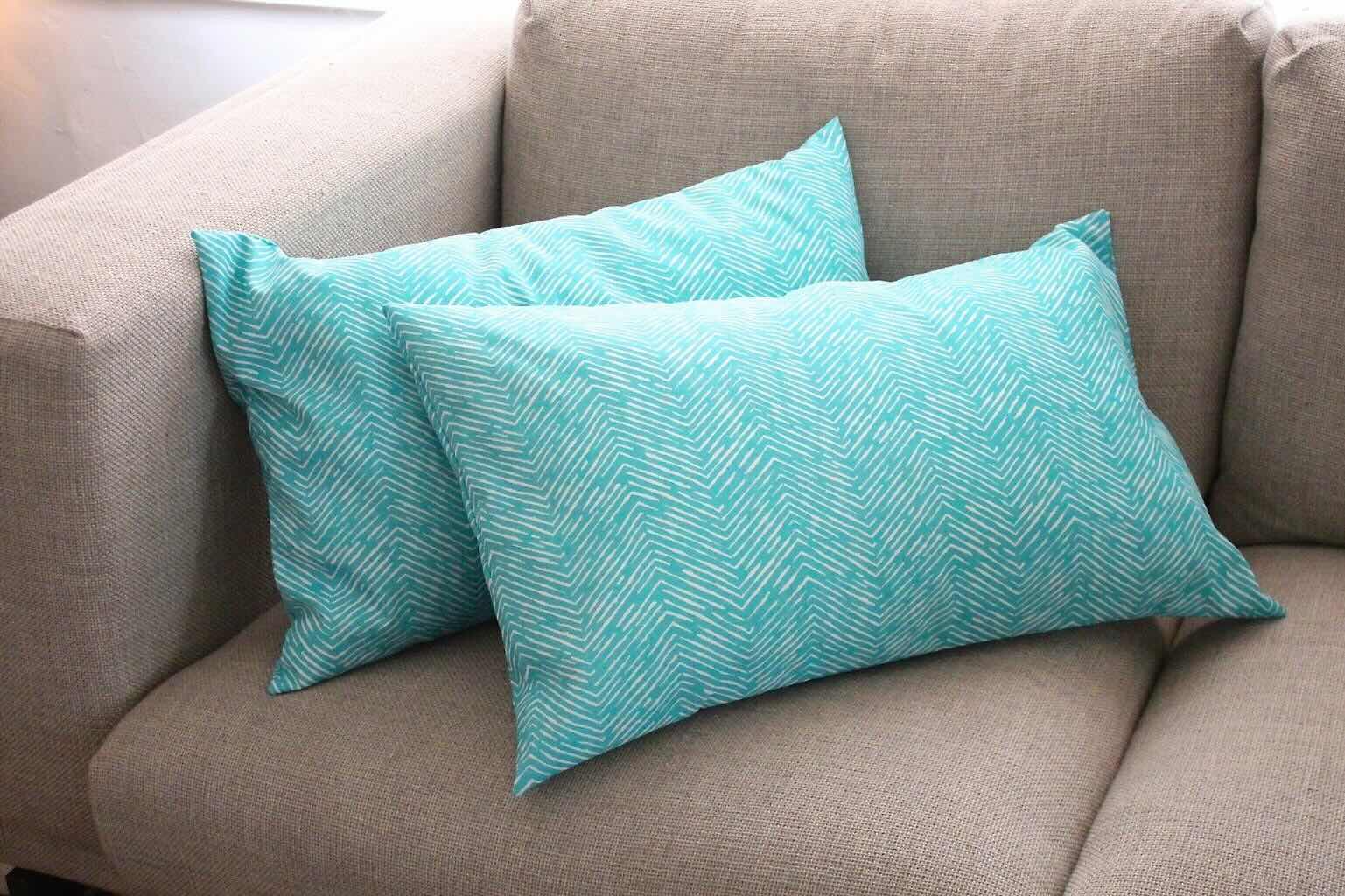
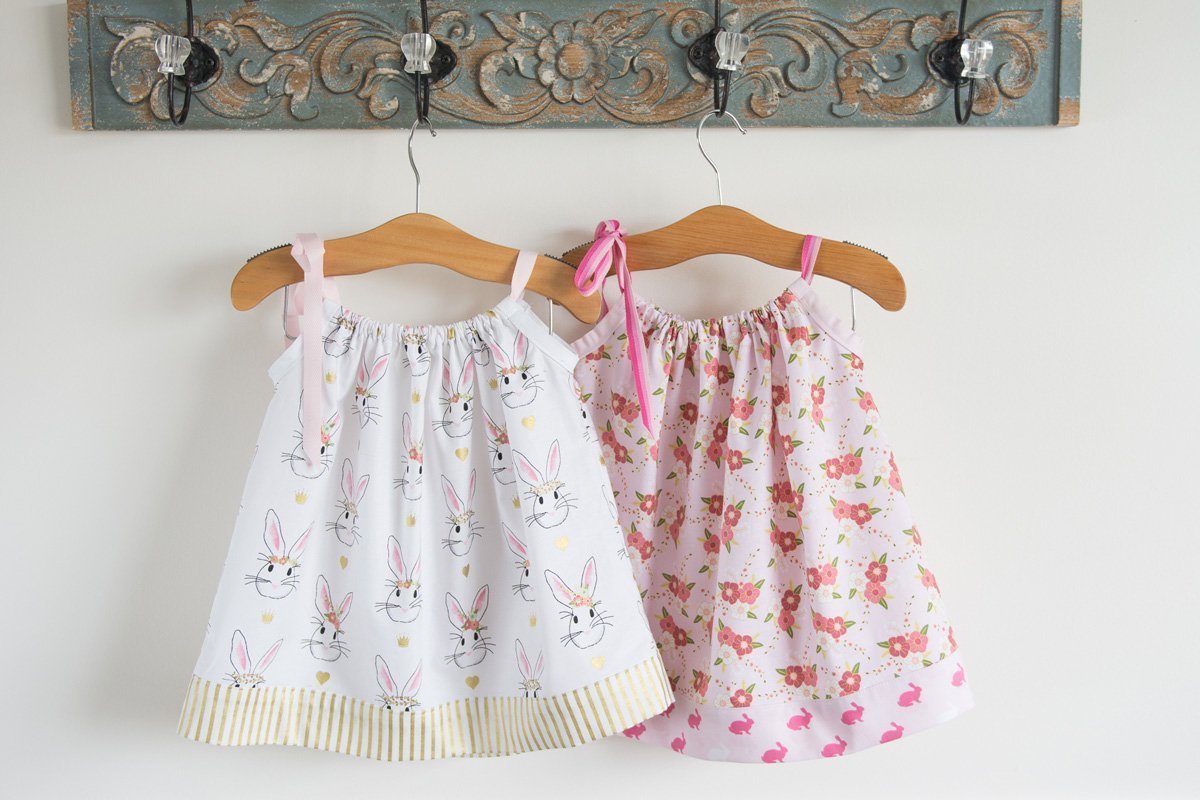
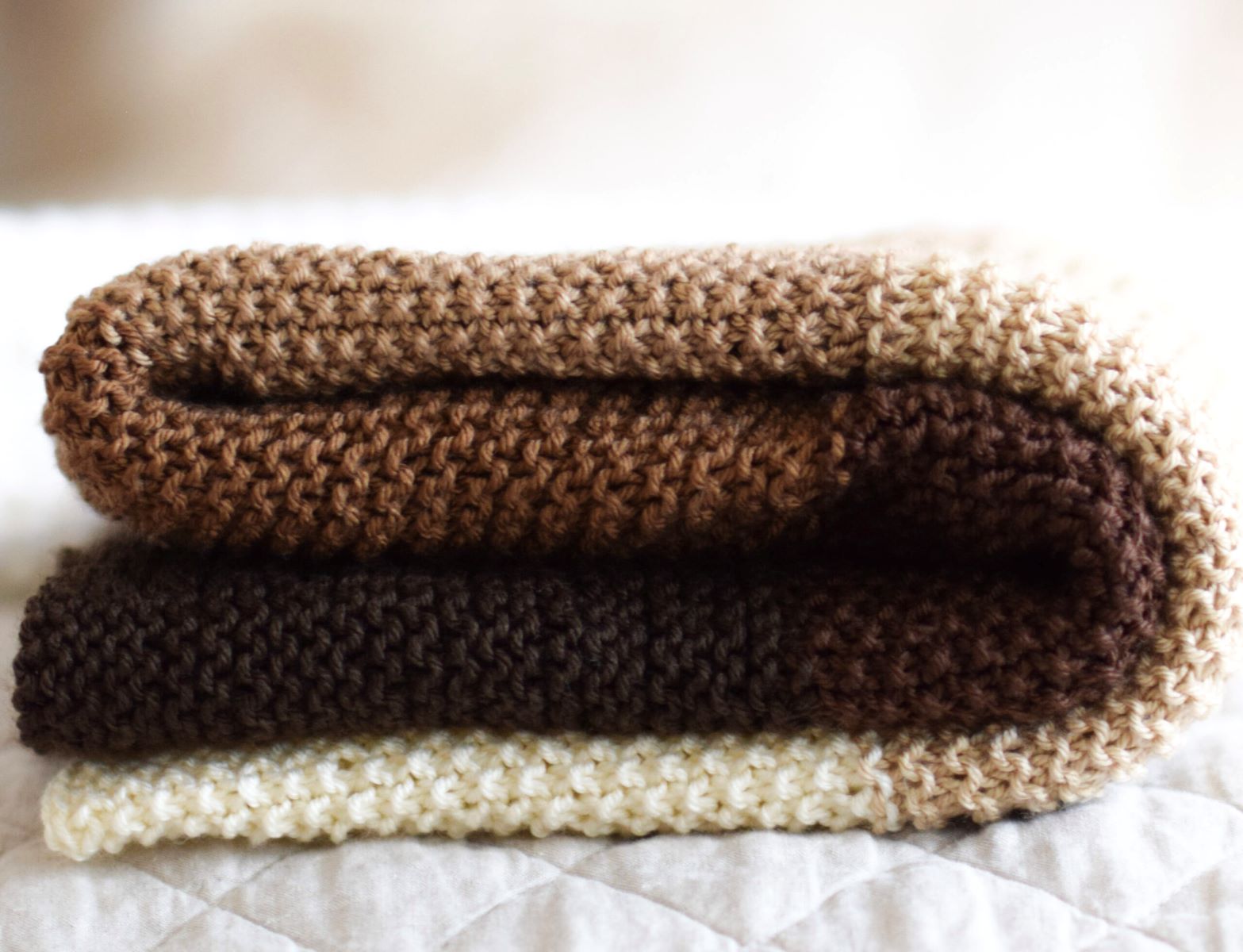

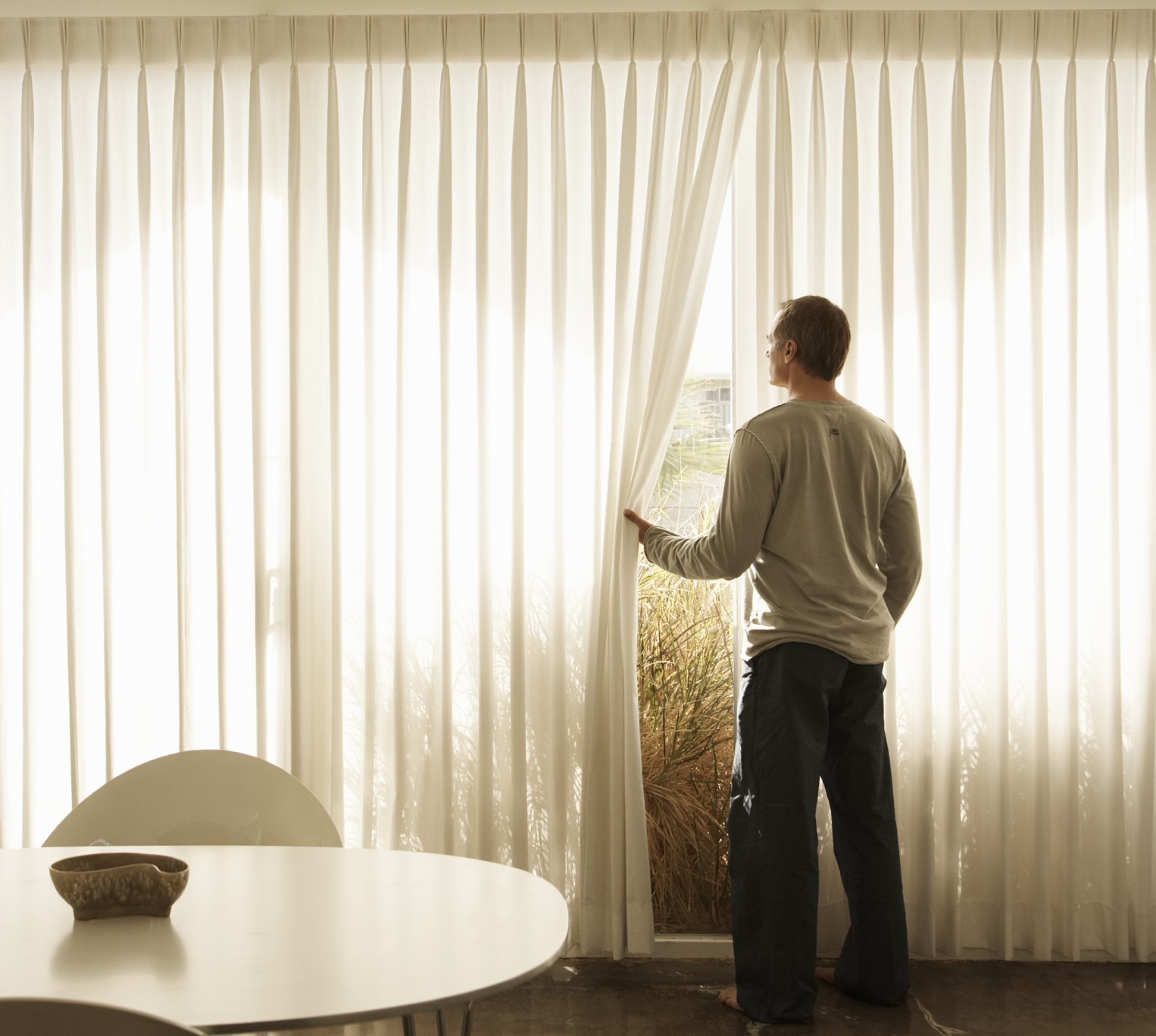

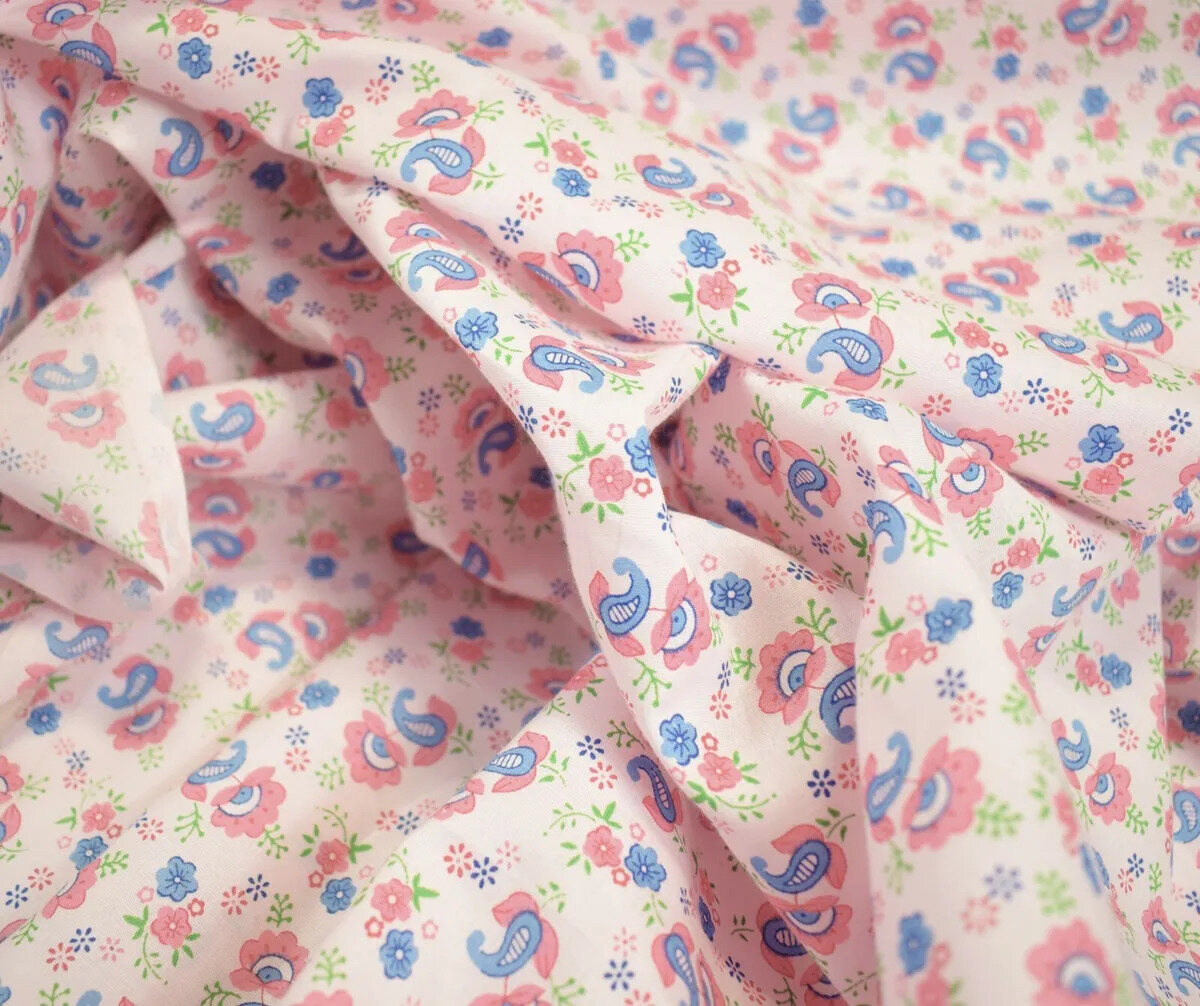
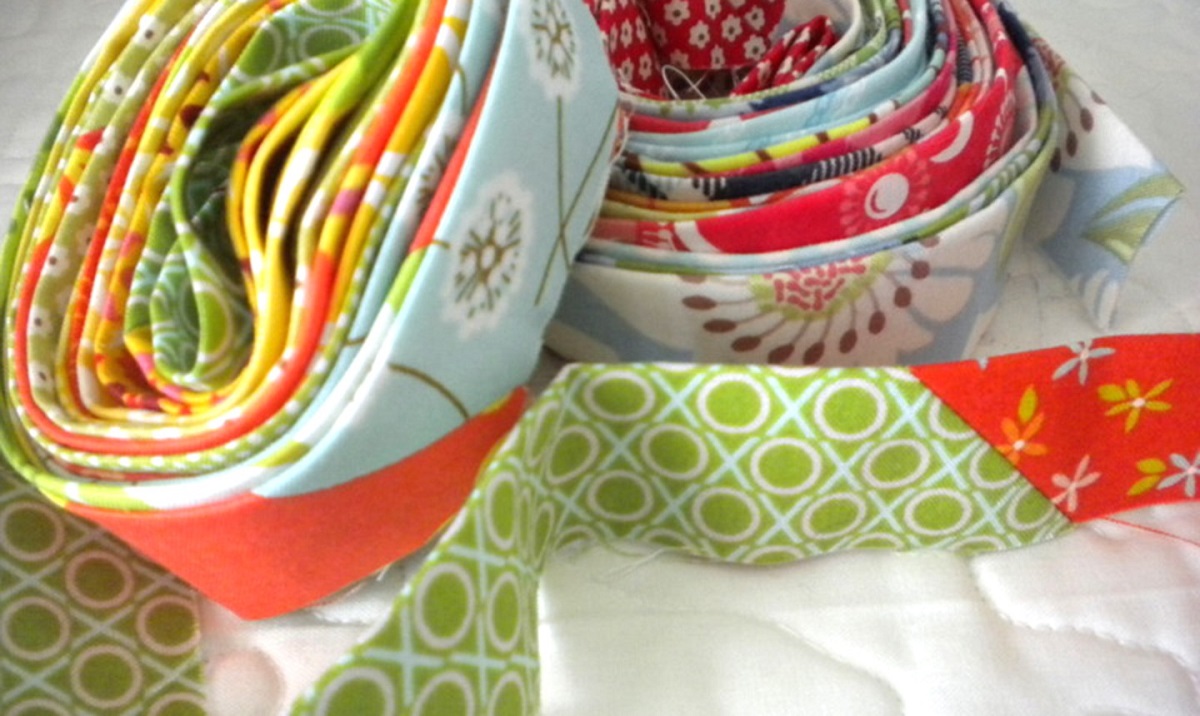
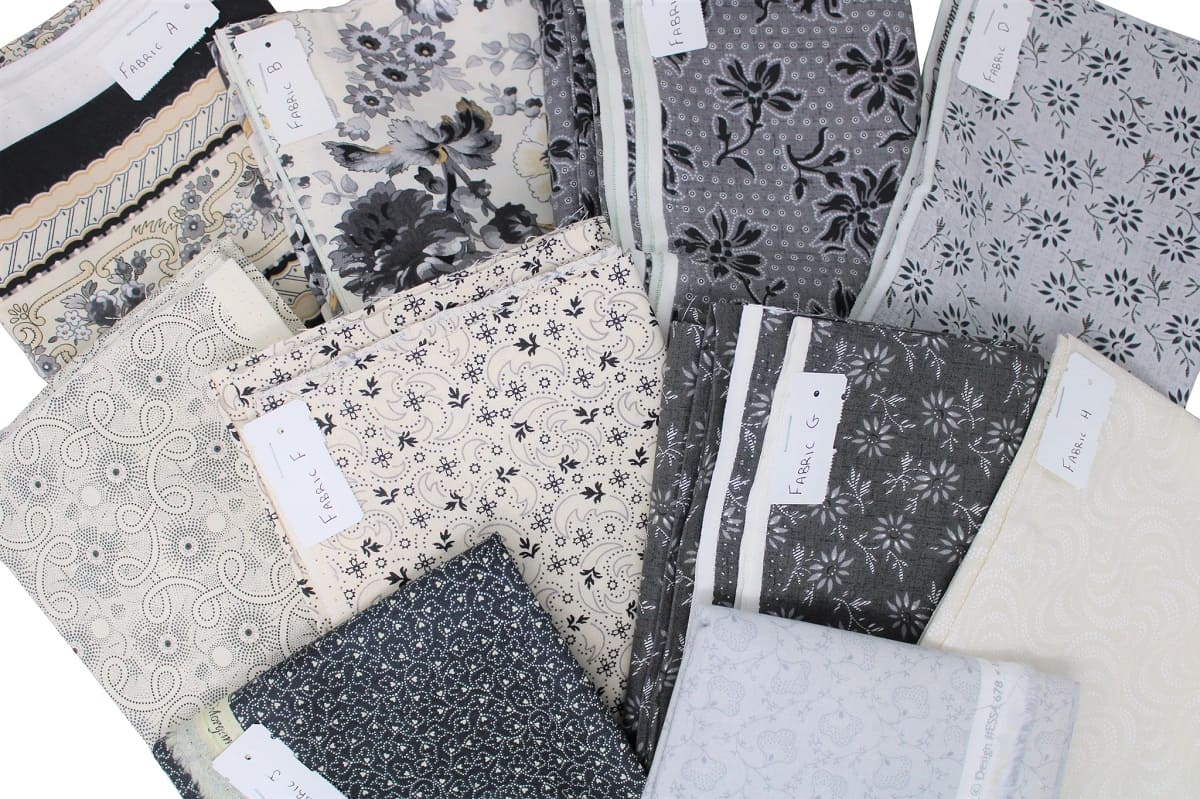

0 thoughts on “How Many Yards Of Fabric Are Needed For A Pillowcase?”